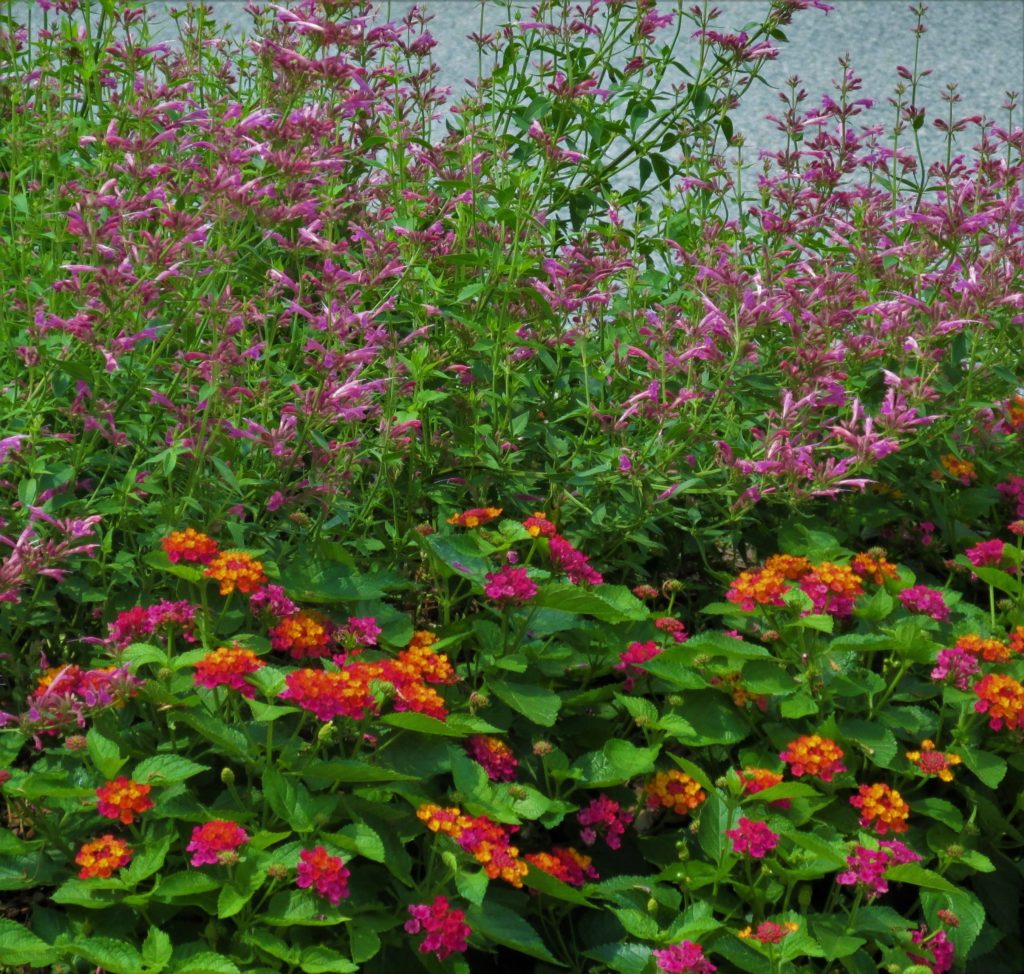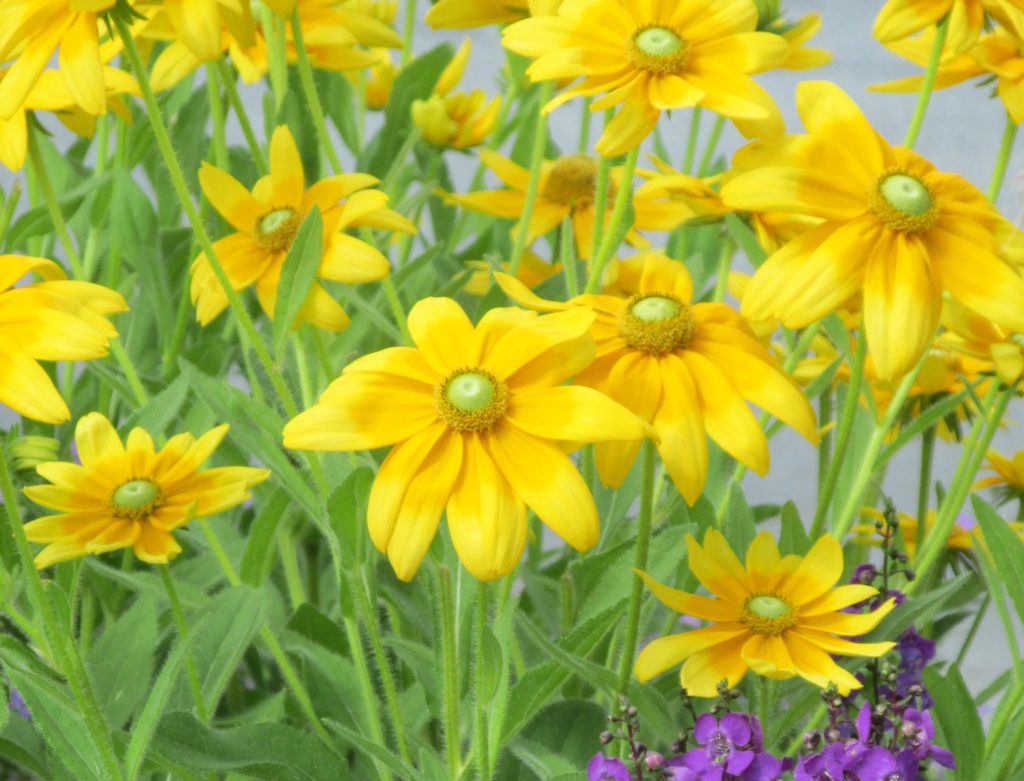
In Southern gardens, August brings together the last of our summer-blooming perennials, along with annuals that have been holding it all together visually, as plants expand, bloom, and, in some cases, decline. The end of summer brings with it the hardest lesson for new gardeners — the realization that it is impossible to hold onto that perfect image of floral beauty often captured on social media, and in books and magazines. A garden is alive, and therefore, always changing. To a new gardener these changes feel like loss, but to the seasoned gardener, change is just part of the story.
In my garden today, a quick walk revealed that I have much to do once September arrives. I tend to let go of some areas of my one acre property as the summer unfolds, so that I can focus on weeding and maintaining the spaces where I have most of my blooming plants and shrubs. This leaves some parts of my garden, those at the edges of woodland, looking weedy, grassy, and generally unkept by the end of summer. I’ve learned to accept this. I refuse to blast unwanted plants or grasses with round-up, and I will never spend my summer pulling up every weed on my acre of land. This is the compromise made with my two selves: the realist and the one-who-likes-things-tidy. Once daytime temperatures fall into the seventies, I put things in order, blitzing whatever I need to with a string-trimmer, so that once the leaves have fallen, I can apply fresh pine straw to dress up areas at the edge of the woods.
This time of year, I also spend a lot of time looking at how my plants are performing, and I decide if any adjustments are needed. In the South, the transition from summer to fall is a gentle one, with mild temperatures until Thanksgiving most years. This gives me several weeks to move things around and make changes, something I find very satisfying to do before my garden goes to sleep for the winter.
This month is a good time to cut down any perennials that are tired looking and spent, such as daylilies and stokes asters, which will quickly send up a flush of new growth. (Be sure to skip those plants, such as peonies and lilies, with foliage that must continue to absorb energy until frost.) If you are unsure as to when you can cut a particular plant to the ground, a quick check of the web can help. Plants beneficial to birds can be left to form seed heads. A good example of this is the coneflower, which will attract yellow finches once seeds have formed in later summer or early fall.
Annuals that look tired can be pulled out and replaced with something new. Pots of newly purchased annuals or perennials are great for plugging into empty spaces, and I keep several medium-sized clay pots on hand for that purpose.

If you don’t have anything still blooming in your garden this month, it’s a good time to do some planning for next year’s flowers. One mistake I made as a new gardener, years ago, was to plant only spring and summer-blooming plants, so you can imagine my disappointment in July, when I realized that the show was over for the season. If this sounds familiar, try layering your flower beds with some late-blooming or long-blooming perennials such as Mexican petunias, salvias, Japanese anemones, turtleheads (chelones), goldenrods, or asters. Take advantage of flowering shrubs with a long season of bloom, such as ‘Sonic Bloom’ weigelas, panicle hydrangeas, knockout roses, or abelias. Flowering shrubs create a gorgeous backdrop for other flowering plants.
If colors are clashing somewhere in your arrangement of flowers, this is the time to figure out plan B. Remove the offending party, and find a new place for her to shine. If you can’t decide, buy yourself some time by moving perennials to pots filled with fresh container mix until you having a plan for them. One of the things that excited me about gardening early on, was the fact that a garden is never “finished”. The fact that you can dig up and rearrange an entire flower bed was completely liberating to my 29-year old self, because you can’t change your mind about the sofa fabric you just ordered, can you?
If your garden was perfection this season, I applaud you. If, like me, you see room for improvement, I’ll be right there with you this month, armed with a spade and a long to-do-list.